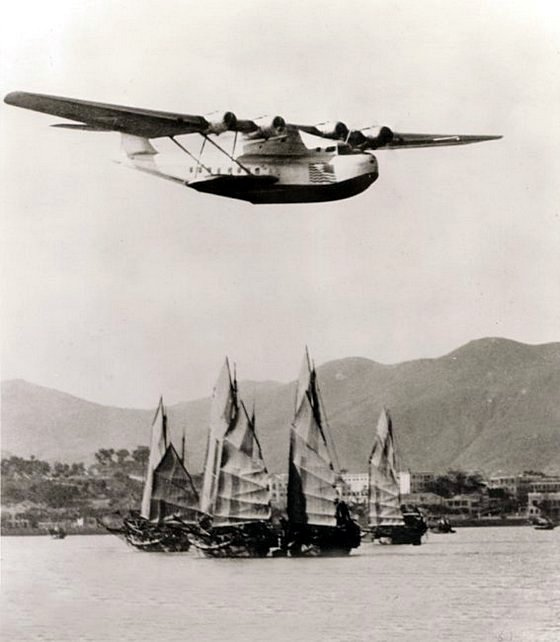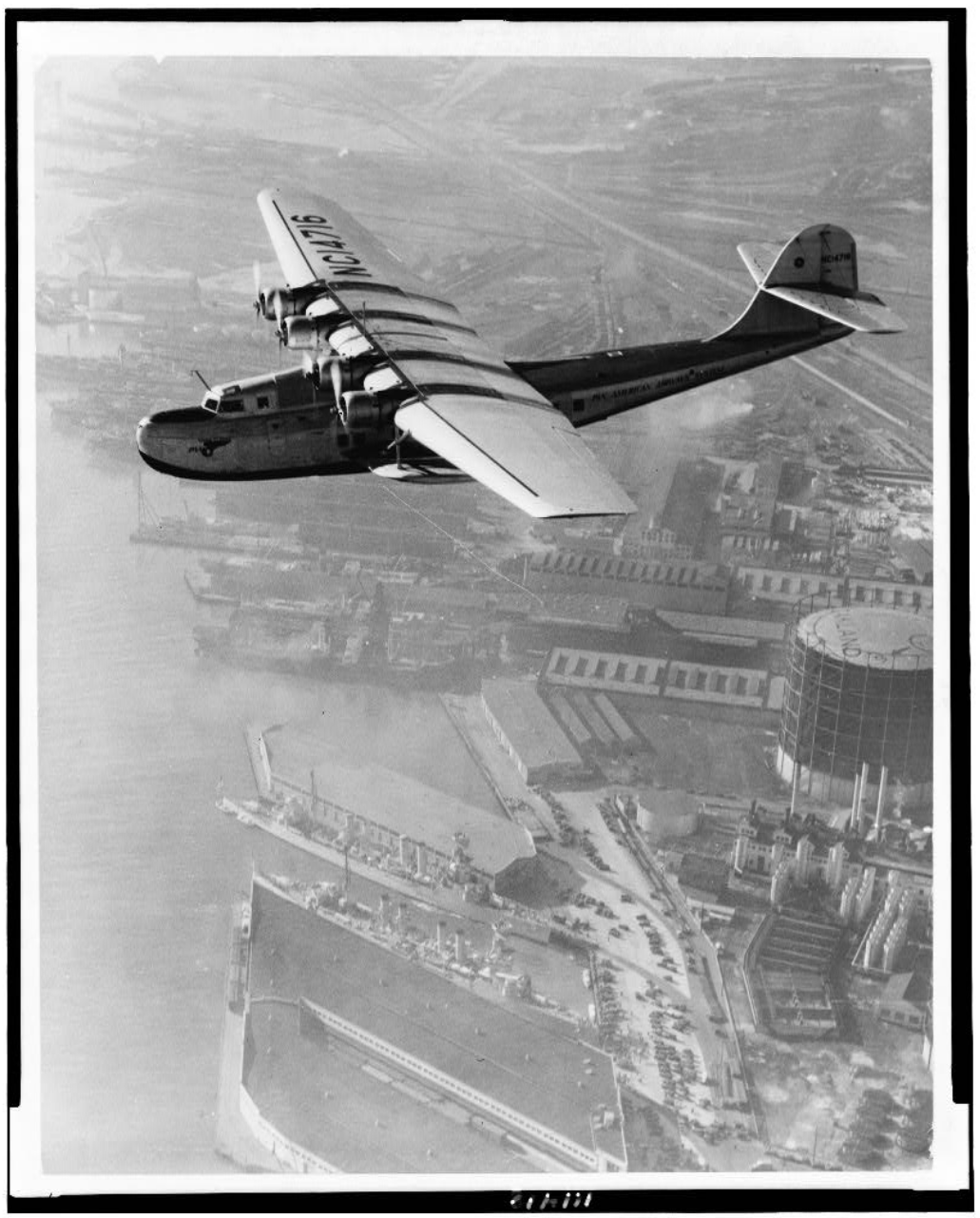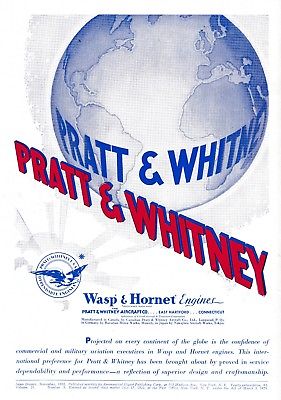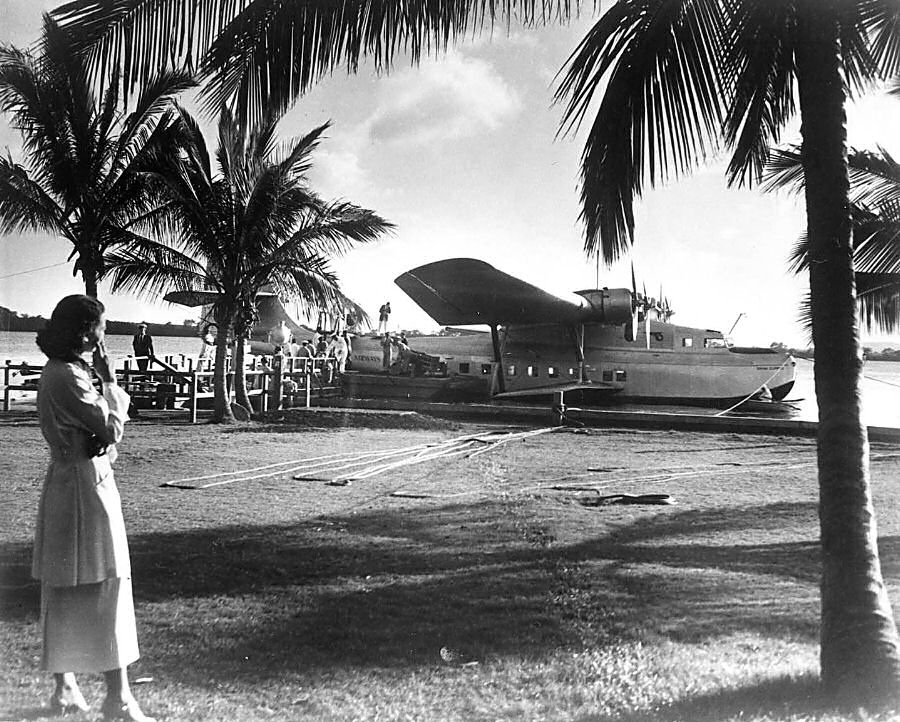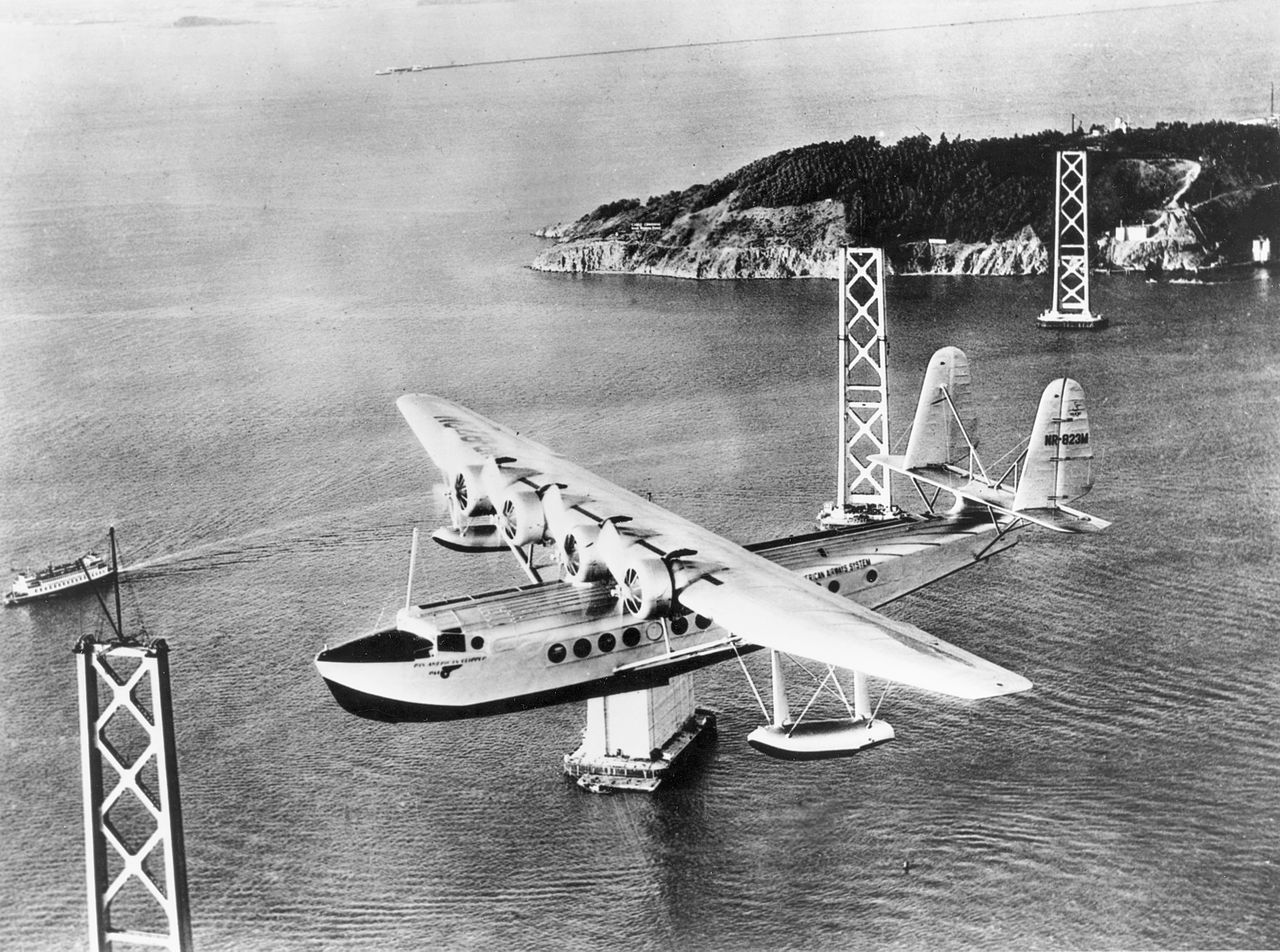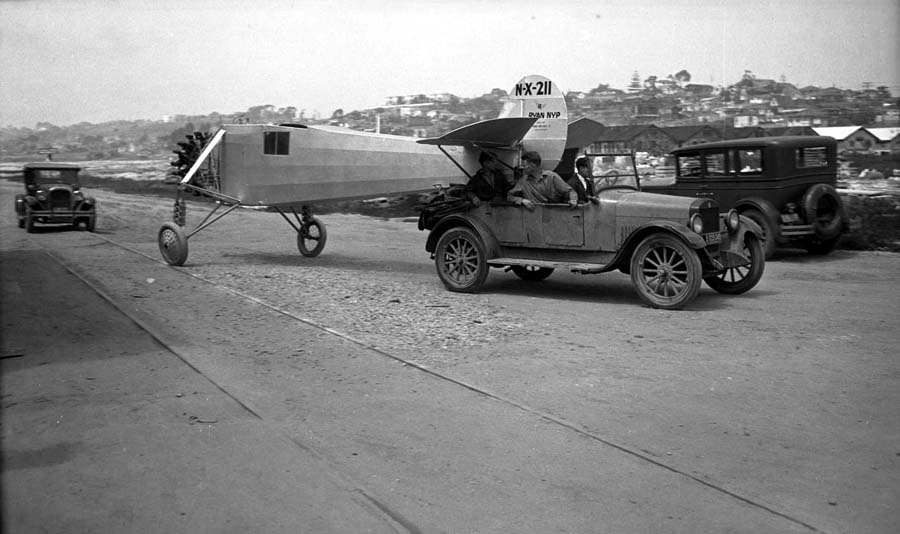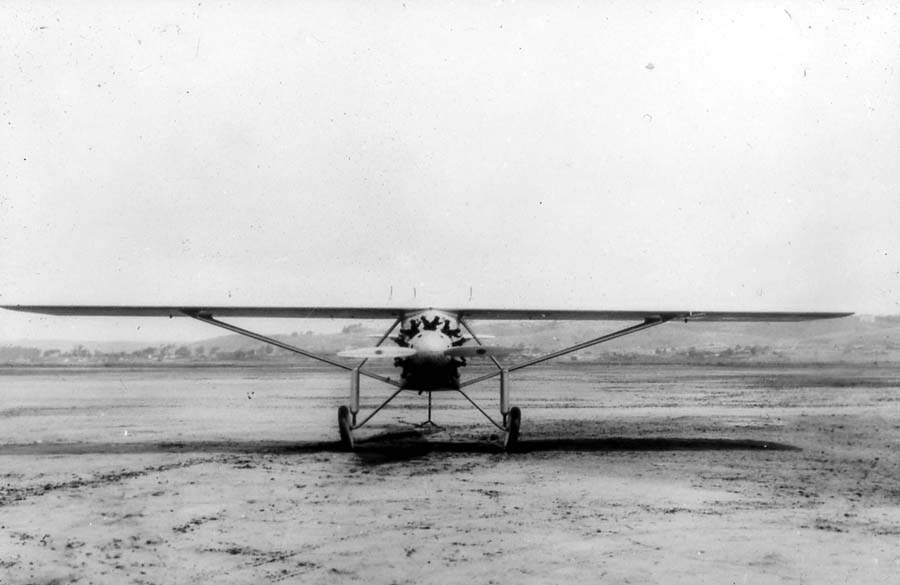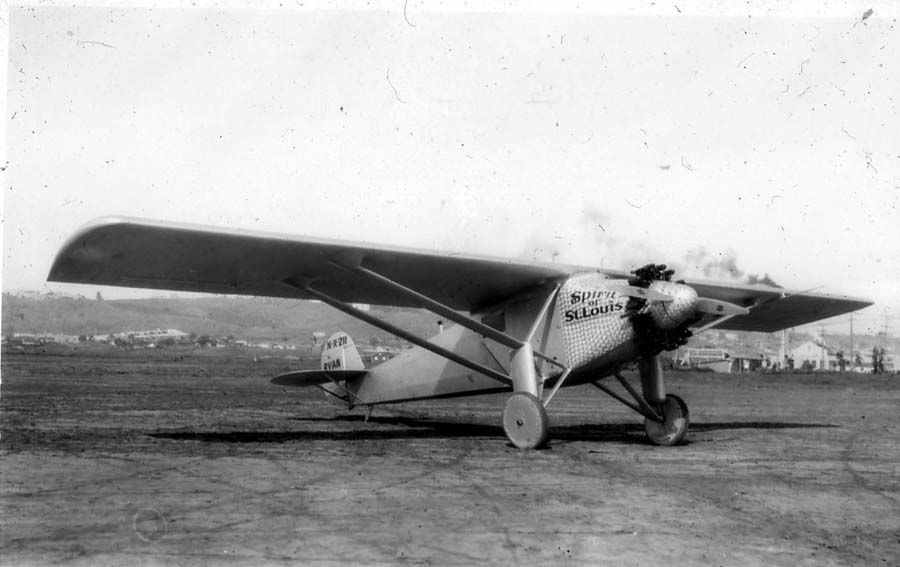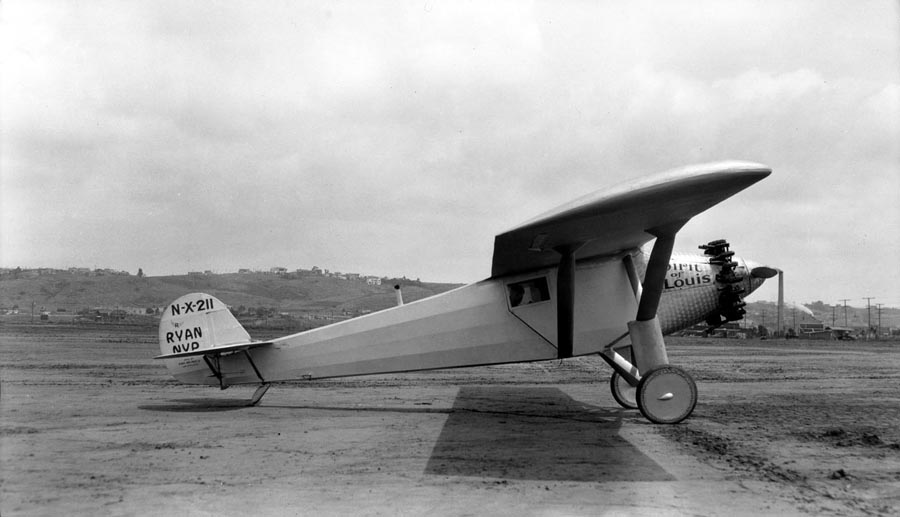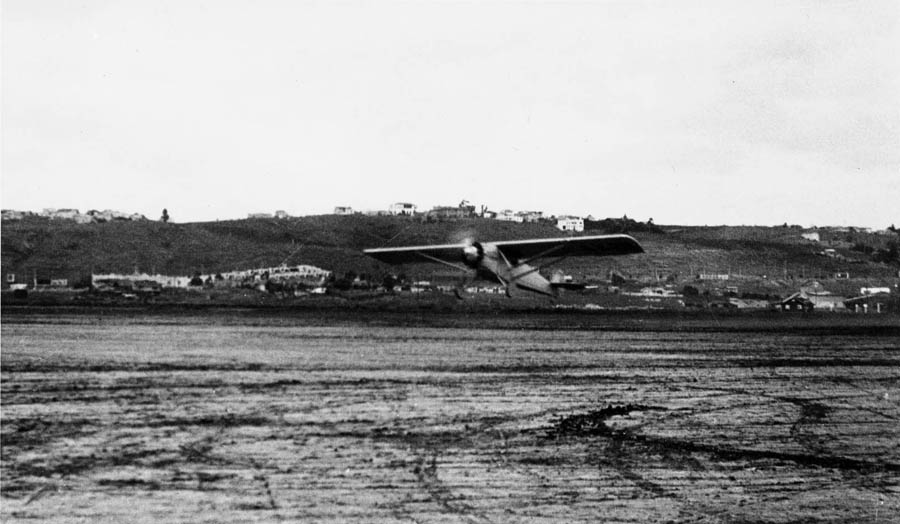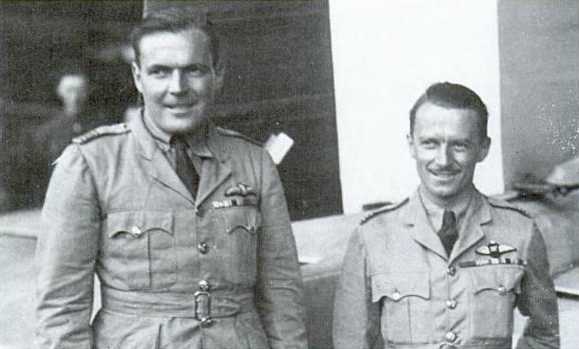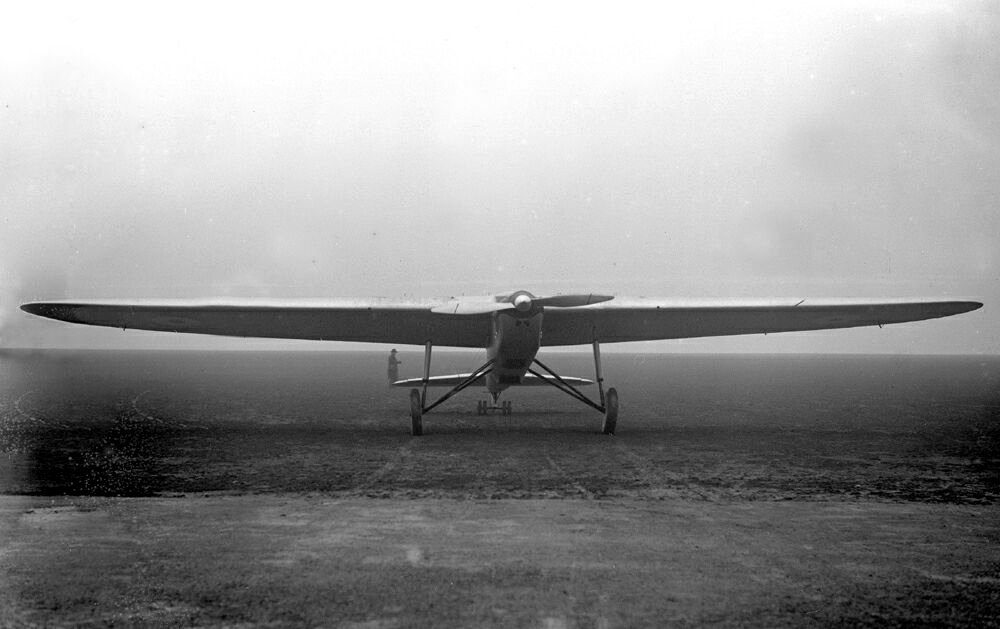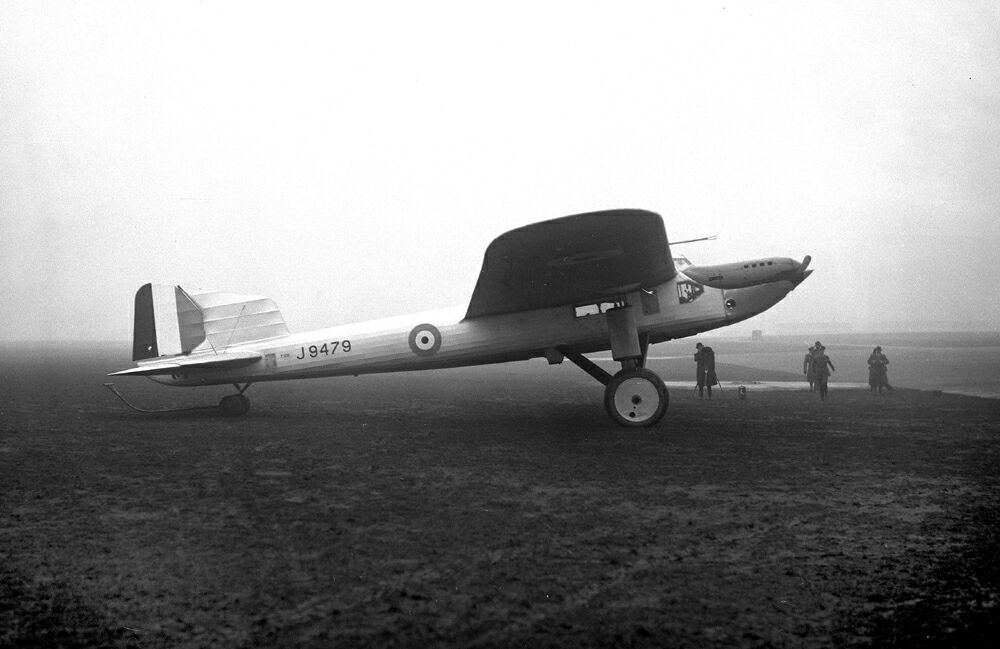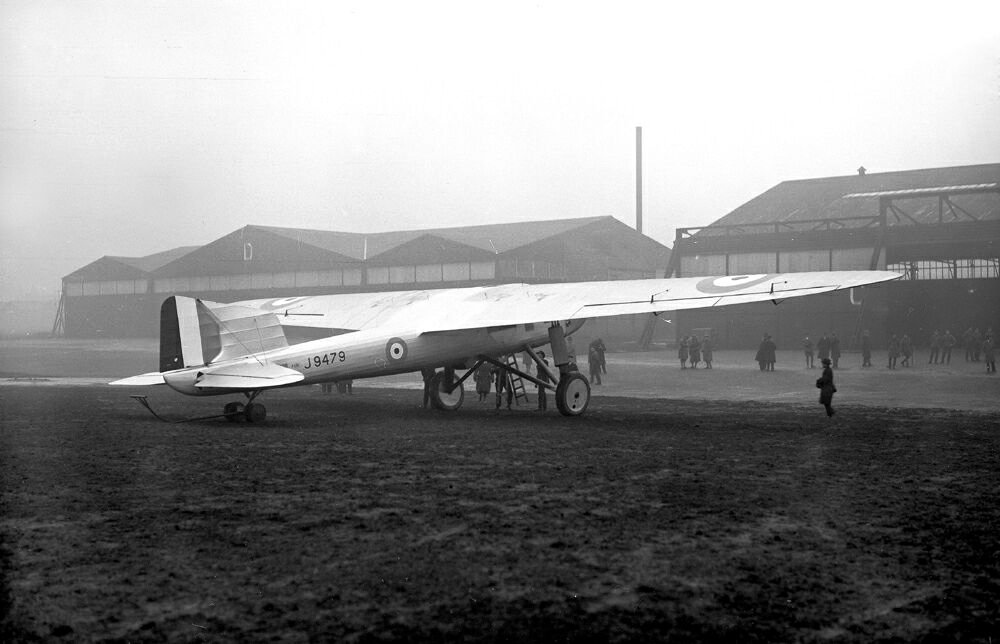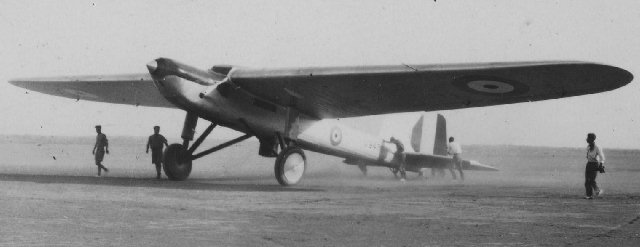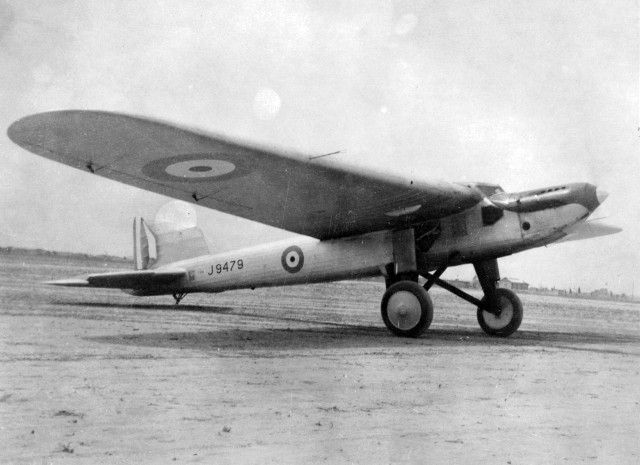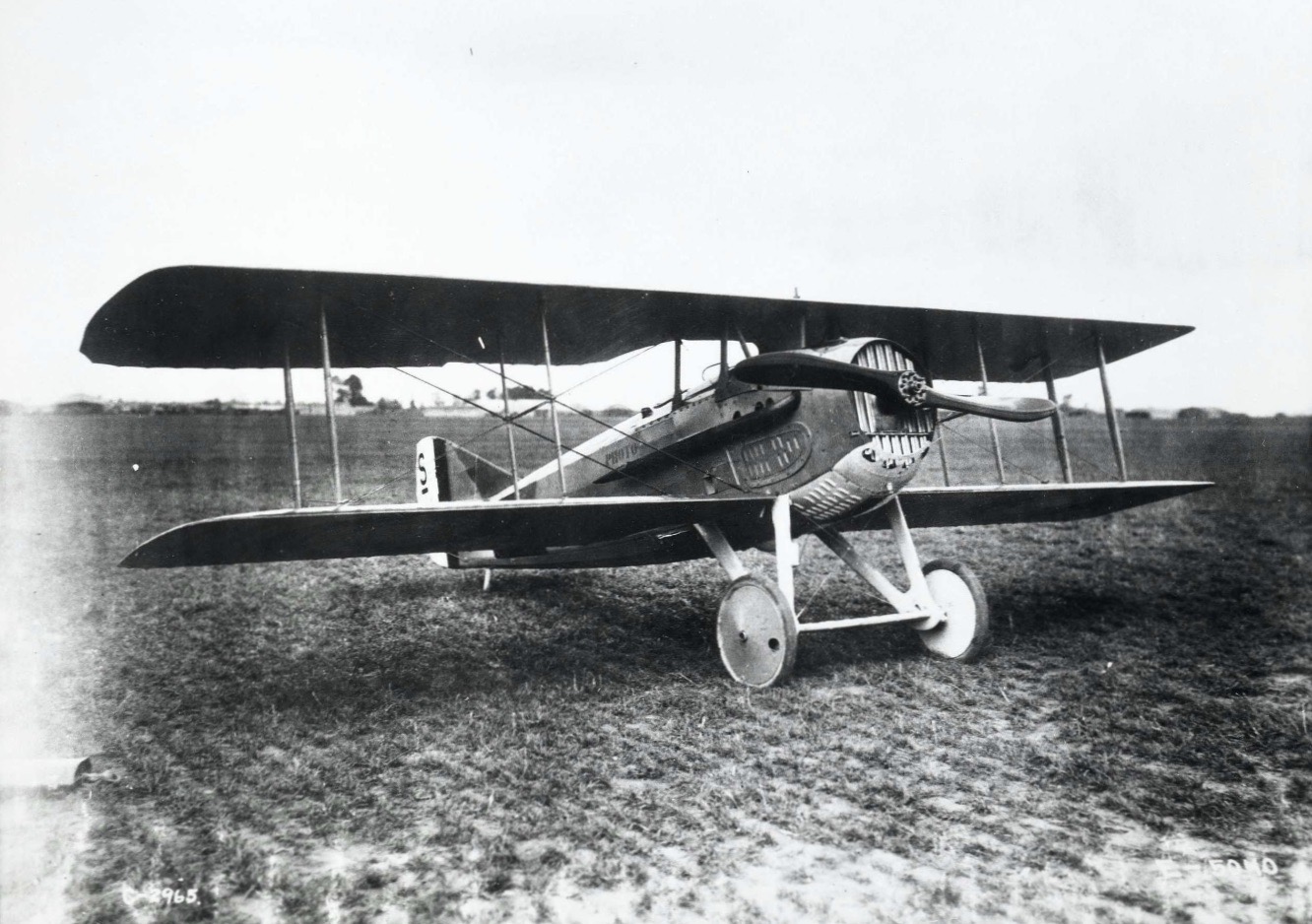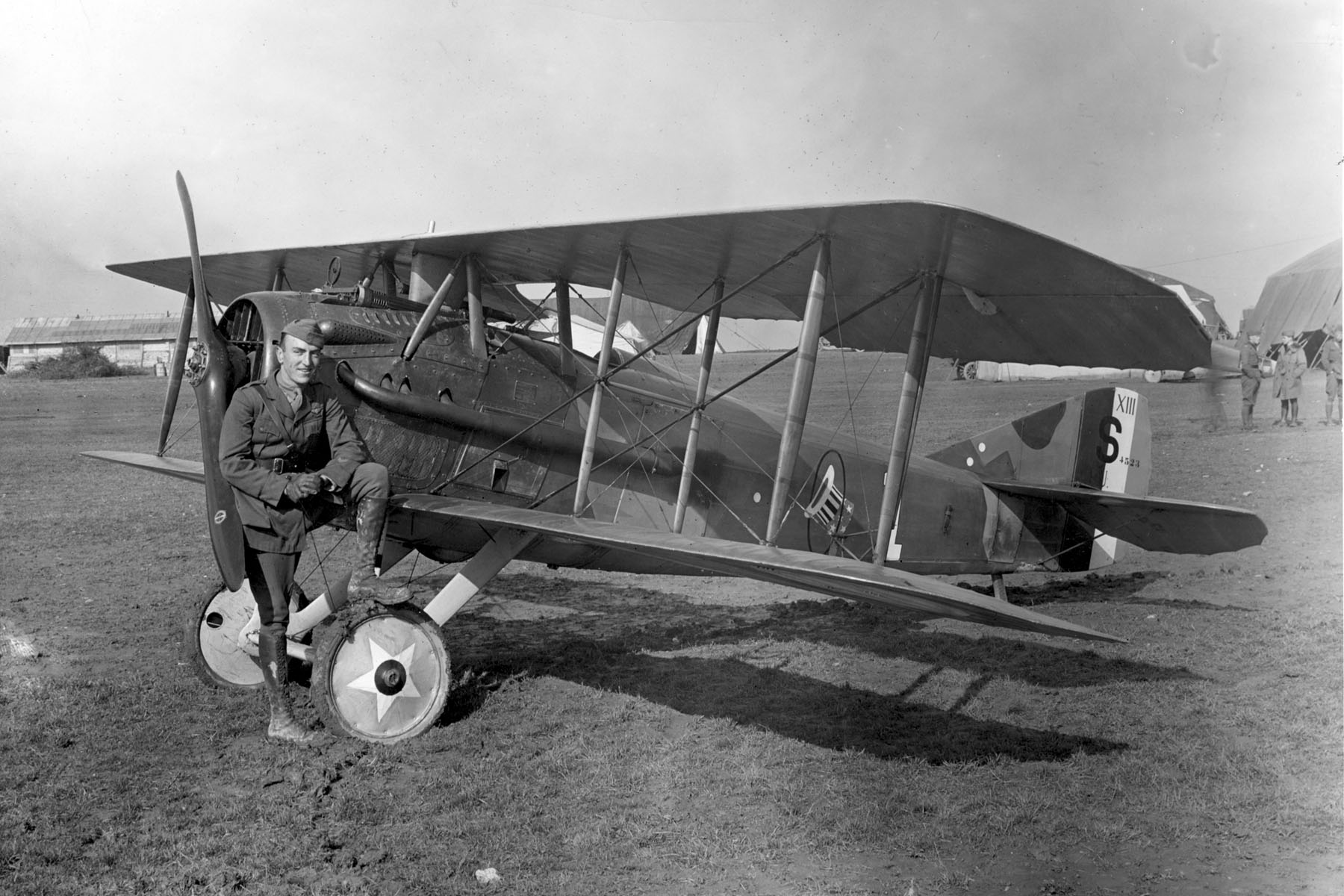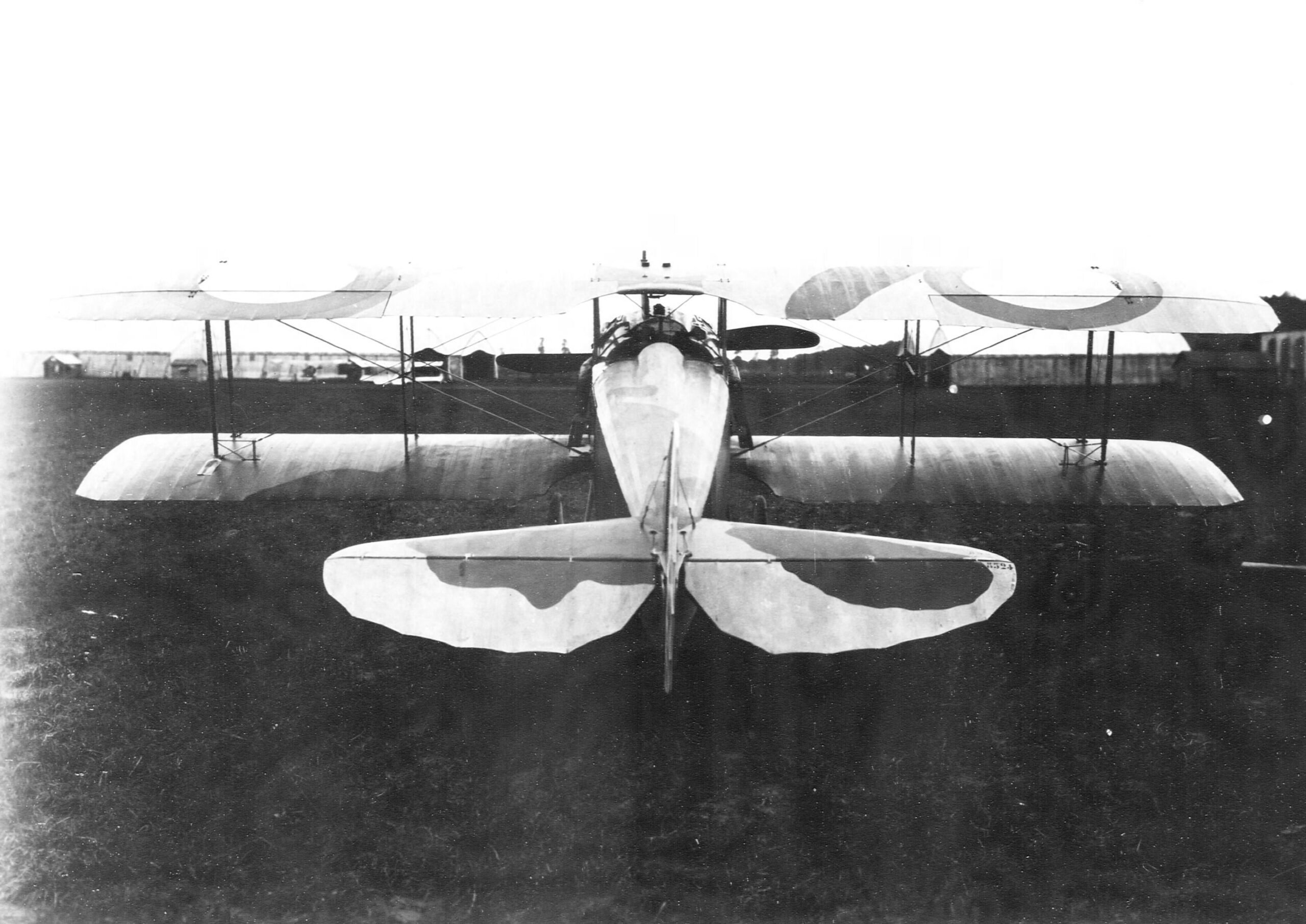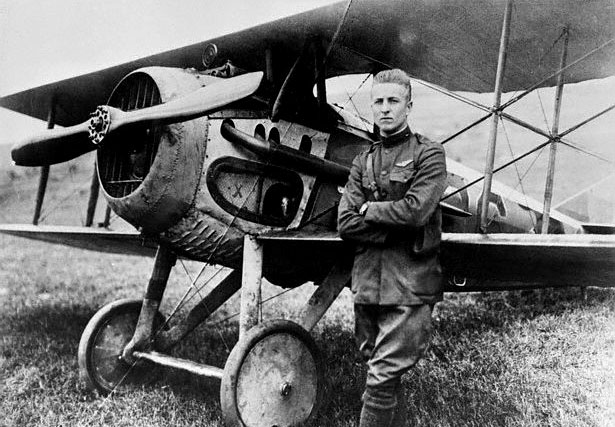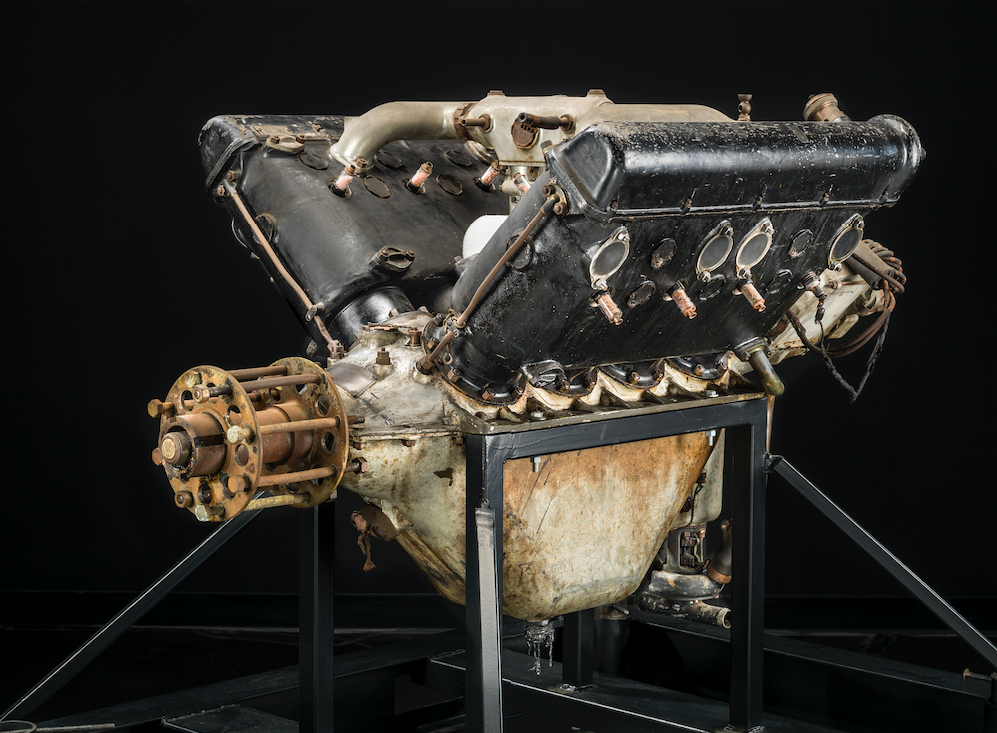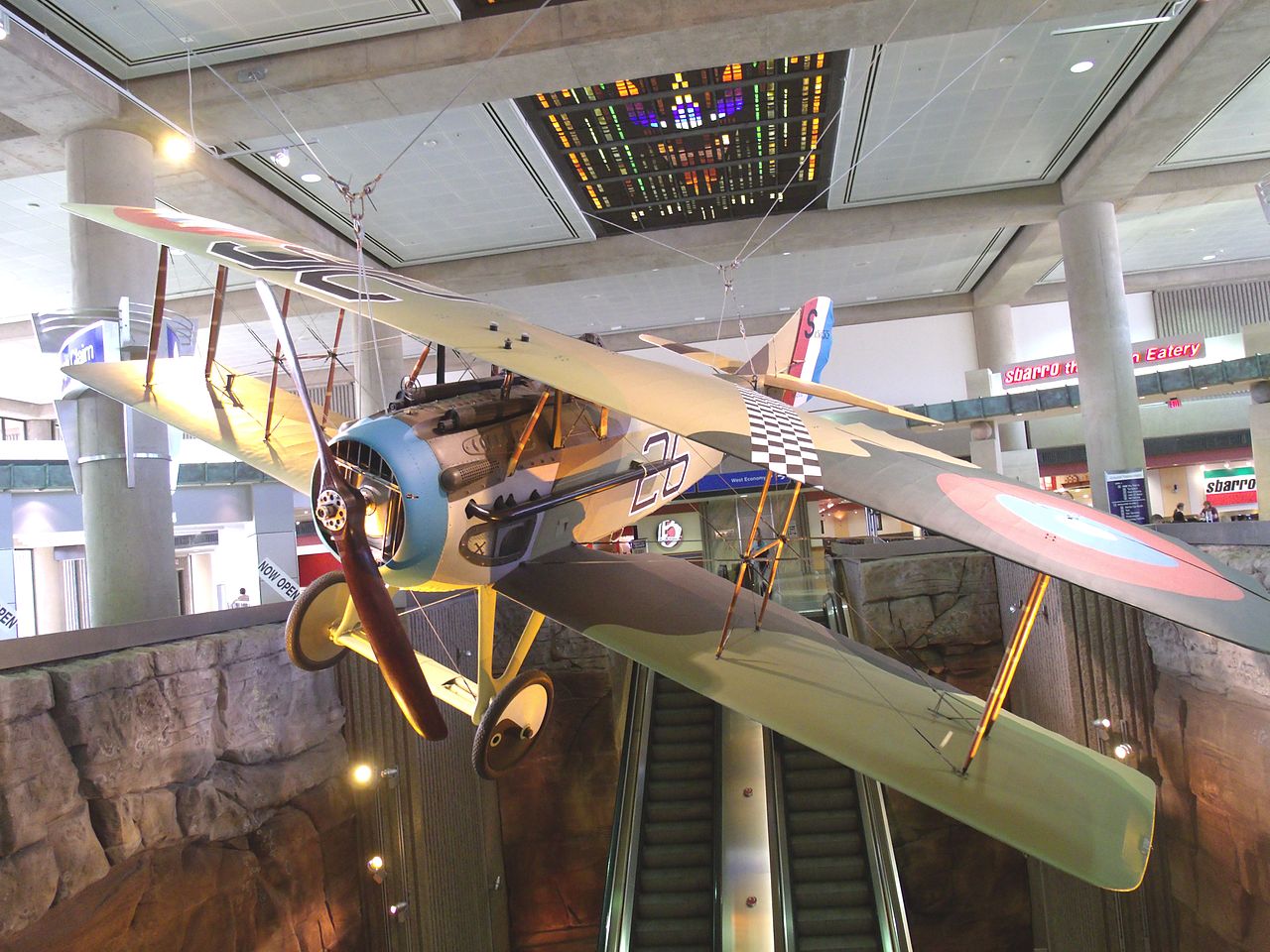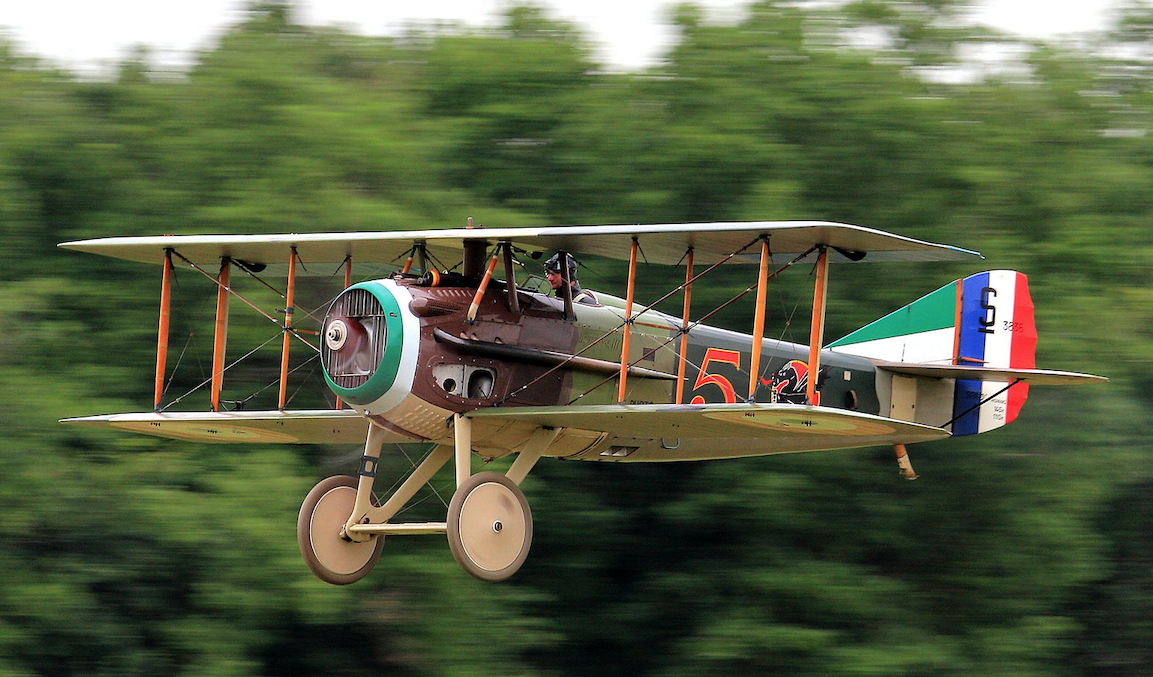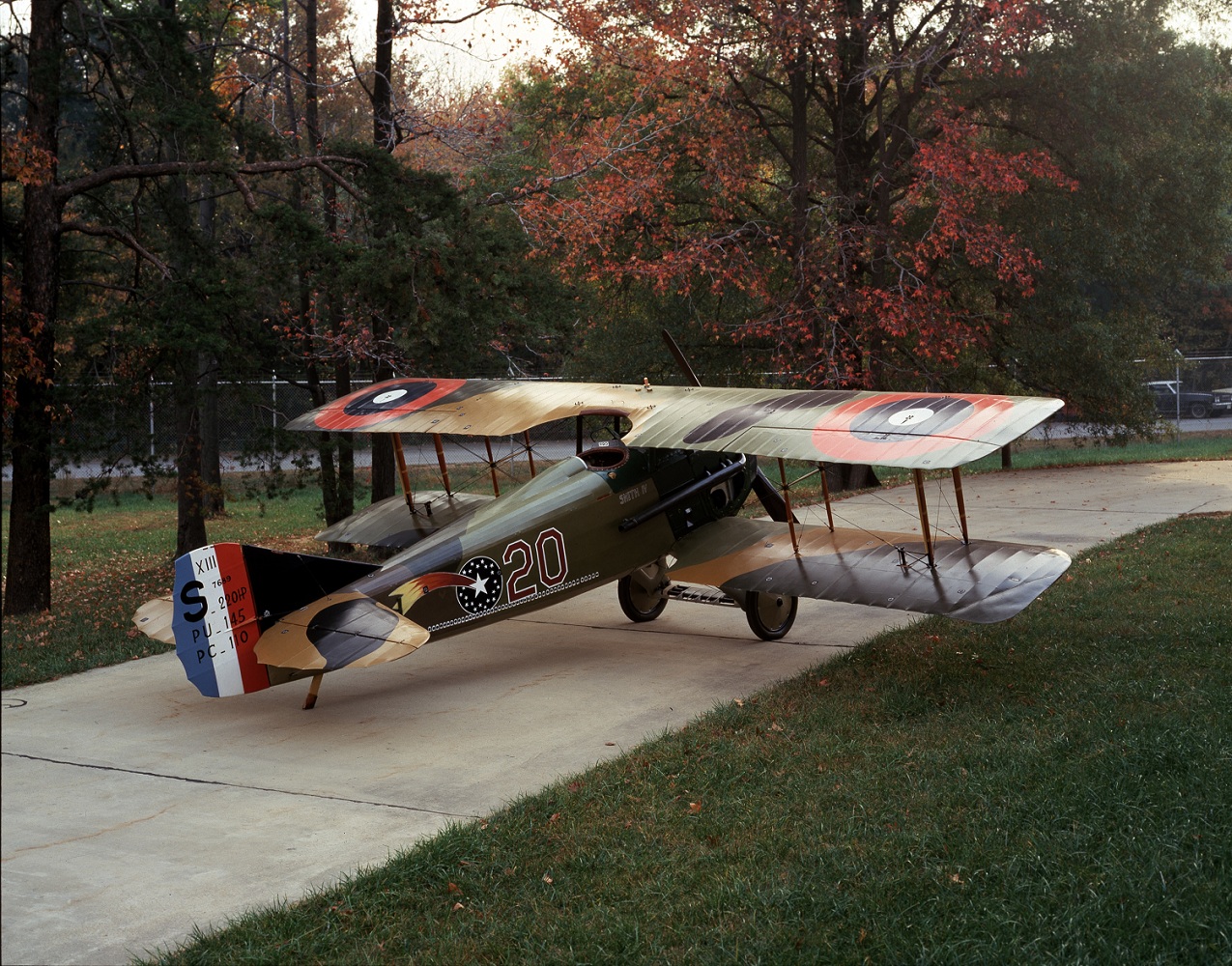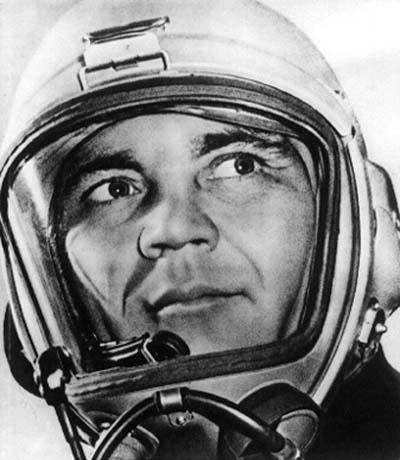
 28 April 1961: Colonel Georgy Konstantinovich Mosolov, Hero of the Soviet Union, flew a prototype Mikoyan-Gurevich MiG-21F interceptor, the Ye-6T/1, 31 Red, to a Fédération Aéronautique Internationale (FAI) World Record for Altitude of 34,714 meters (113,891 feet).¹ This exceeded the record set five months earlier by Captain Joe B. Bailey, U.S. Air Force, with a Lockheed F-104C Starfighter, by 3,201 meters (10,502 feet).²
28 April 1961: Colonel Georgy Konstantinovich Mosolov, Hero of the Soviet Union, flew a prototype Mikoyan-Gurevich MiG-21F interceptor, the Ye-6T/1, 31 Red, to a Fédération Aéronautique Internationale (FAI) World Record for Altitude of 34,714 meters (113,891 feet).¹ This exceeded the record set five months earlier by Captain Joe B. Bailey, U.S. Air Force, with a Lockheed F-104C Starfighter, by 3,201 meters (10,502 feet).²
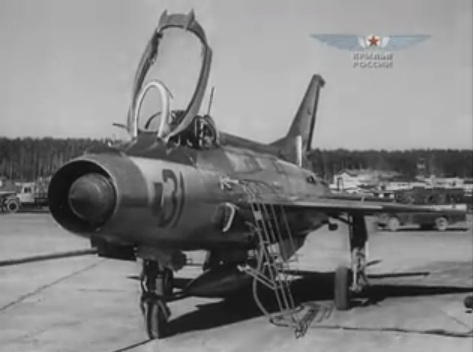
The Ye-6T/1 and Ye-6T/3 were converted from the first and third MiG-21F prototypes. These experimental airplanes were built to test various missiles, engines and canard/wing configurations.
Ye-6T/1 was powered by a Tumansky R-11F2-300 afterburning turbojet engine and carried a liquid-fueled Sevruk S3-20M5A rocket engine mounted under the fuselage. The rocket produced 29.42 kilonewtons (6,614 pounds of thrust) at Sea Level. The prototype carried sufficient rocket fuel for 100 seconds burn time.
Mosolov set two world speed records with the Ye-6T/1 on 31 October 1959, with a performance of 2,388.00 kilometers per hour over a straight 15/25 kilometer course,³ and a 100 kilometer closed course.⁴
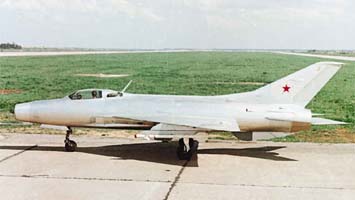
Major General Vladimir Konstantinovich Kokkinai had also set a world speed record with 31 Red. On 16 September 1960, Kokkinaki flew the Ye-6T/1 to 2,148.66 kilometers per hour (1,335 miles per hour) around a 100 kilometer closed course.⁵
Ye-6T/1 and Ye-6T/3 became the prototypes for the MiG-21-F-13 short range supersonic interceptor (NATO designation: Fishbed-C)
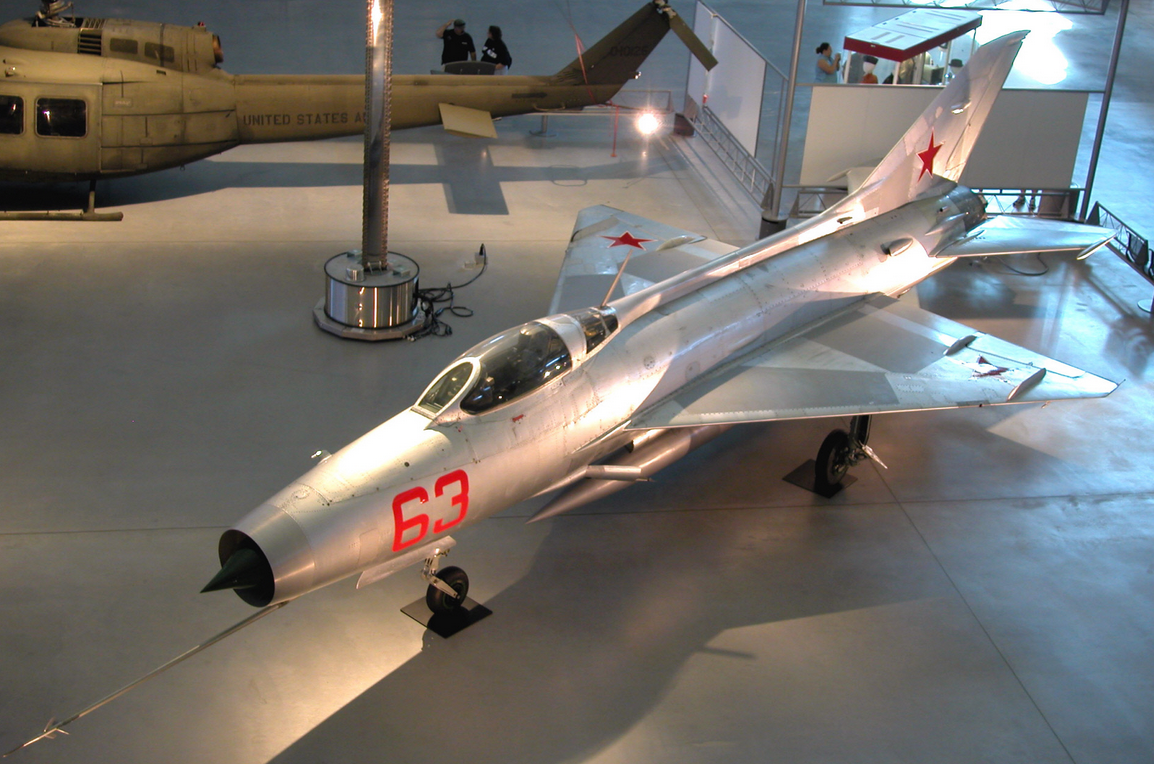
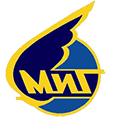 The Микоян и Гуревич МиГ-21-Ф-13 (Mikoyan-Gurevich MiG-21F-13) is a short-range supersonic interceptor with a “tailed-delta” configuration. The MiG-21-F-13 is 13.46 meters (44 feet, 1.9 inches) long, with a wingspan of 7.154 meters (23 feet, 5.7 inches), and height of 4.71 meters (15 feet, 5.4 inches). It has an empty weight of 4,871 kilograms (10,739 pounds), and a normal takeoff weight of 7,100 kilograms (15,653 pounds).
The Микоян и Гуревич МиГ-21-Ф-13 (Mikoyan-Gurevich MiG-21F-13) is a short-range supersonic interceptor with a “tailed-delta” configuration. The MiG-21-F-13 is 13.46 meters (44 feet, 1.9 inches) long, with a wingspan of 7.154 meters (23 feet, 5.7 inches), and height of 4.71 meters (15 feet, 5.4 inches). It has an empty weight of 4,871 kilograms (10,739 pounds), and a normal takeoff weight of 7,100 kilograms (15,653 pounds).
The MiG-21-F-13 was powered by a single Tumansky R-11F-300 engine. This is a dual-spool, axial-flow turbojet with afterburner. It has a 6-stage compressor section (3 low- and 3 high-pressure stages) and a 2-stage turbine (1 high- and 1 low-pressure stage). The R-11F-300 is rated at 8,600 pounds of thrust (38.26 kilonewtons), and 11,200 pounds (49.82 kilonewtons) with afterburner. It is 4.600 meters (15 feet, 1.1 inches) long, 0.907 meters (2 feet, 11.7 inches) in diameter, and weighs 1,124 kilograms (2,477 pounds).
The MiG-21-F-13 had a maximum speed of 1,200 kilometers per hour (746 miles per hour) at Sea Level, and 2,175 kilometers per hour (1,351 miles per hour) at high altitude. It could reach its service ceiling of 19,000 meters (62,334 feet) in just over 13 minutes. Its range is 1,300 kilometers (808 miles).
The -F-13 was armed with one Nudelman-Rikhter NR-30 30 mm autocannon with 30 rounds of ammunition, and two Vympel R-3S infrared-homing air-to-air missiles (NATO: AA-2A Atoll).
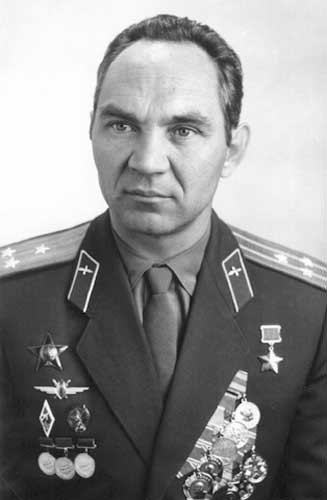
Georgy Konstantinovich Mosolov was born 3 May 1926 at Ufa, Bashkortostan, Union of Soviet Socialist Republics. He was educated at the Central Aviation Club, where he graduated in 1943, and then went to the Special Air Forces School. In 1945 he completed the Primary Pilot School and was assigned as an instructor at the Chuguev Military Aviation School at Kharkiv, Ukraine.
In 1953 Mosolov was sent to the Ministry of Industrial Aviation Test Pilot School at Ramenskoye Airport, southeast of Moscow, and 6 years later, to the Moscow Aviation Institute. He was a test pilot at the Mikoyan Experimental Design Bureau from 1953 to 1959, when he became the chief test pilot.
Georgy Mosolov set six world speed and altitude records. He was named a Hero of the Soviet Union, 5 October 1960, and Honored Test Pilot of the Soviet Union, 20 September 1967. The Fédération Aéronautique Internationale awarded him its Henry De La Vaulx Medal three times: 1960, 1961 and 1962. The medal is presented to the holder of a recognized absolute world aviation record, set the previous year.
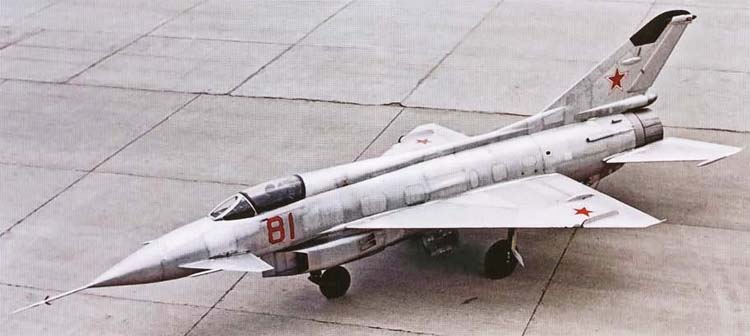
On 11 September 1962, an experimental Mikoyan Ye-8 that Colonel Mosolov was flying suffered a catastrophic compressor failure at Mach 2.15. Engine fragments heavily damaged to prototype and it began to break apart. Severely injured, Mosolov ejected from the doomed airplane at Mach 1.78. He had suffered a severe head injury, two broken arms and a broken leg during the ejection and became entangled in the parachute’s shroud lines. His other leg was broken when he landed in a forest. The following day he suffered cardiac arrest. During a surgical procedure, he went in to cardiac arrest a second time.
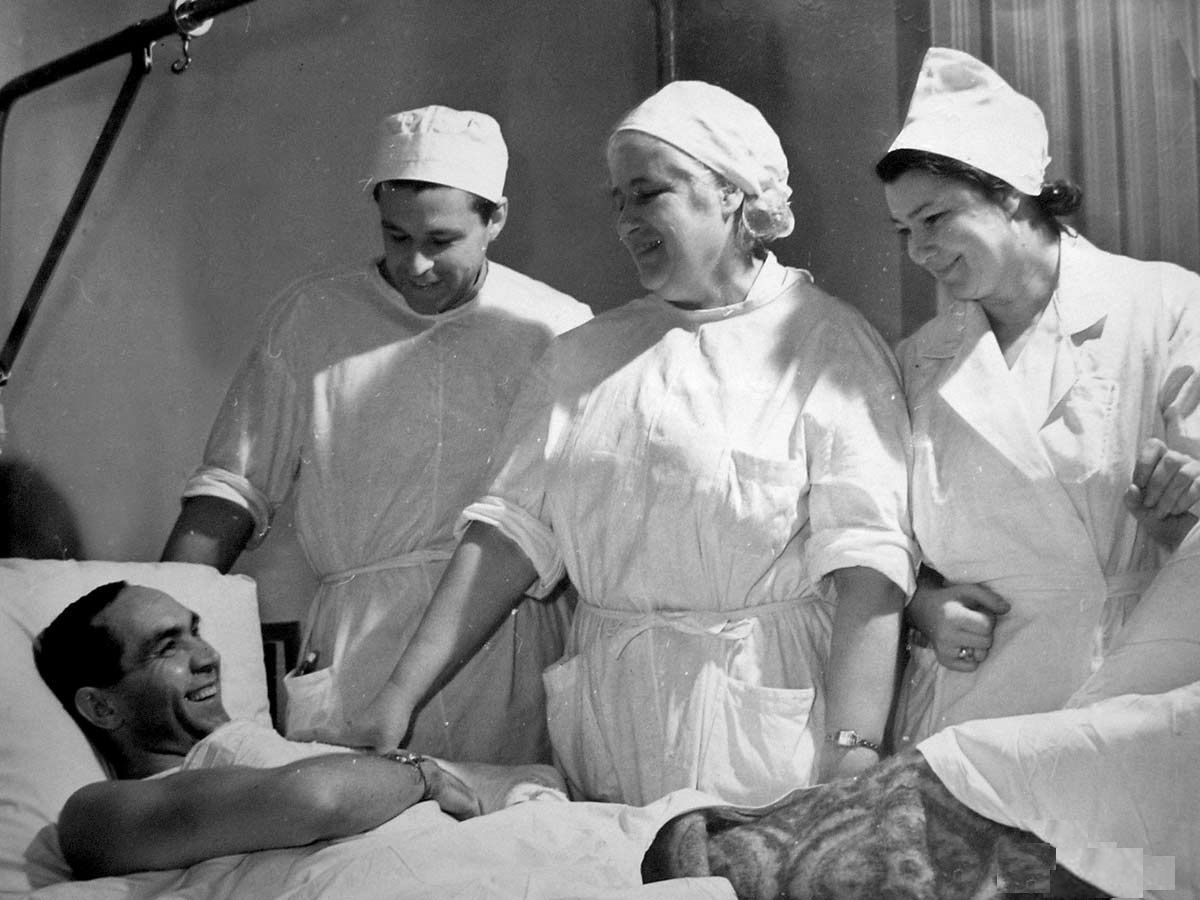
Mosolov survived but his test flying career was over. His recovery took more than a year, and though he was able to fly again, he could not resume his duties as a test pilot.
Georgy Mosolov served as an international representative for Aeroflot until 1992. He was also a department head at the Higher Komsomol School (Moscow University for the Humanities).
Mosolov was Chairman of the USSR Hockey Federation from 1969 to 1973. He was an Honored Master of Sports of the USSR.
Colonel Georgy Konstantinovich Mosolov, Soviet Air Forces, Hero of the Soviet Union, died 17 March 2018, at Moscow, Russia, at the age of 91 years. He was buried at the Vagankovsoye cemetery in Moscow.
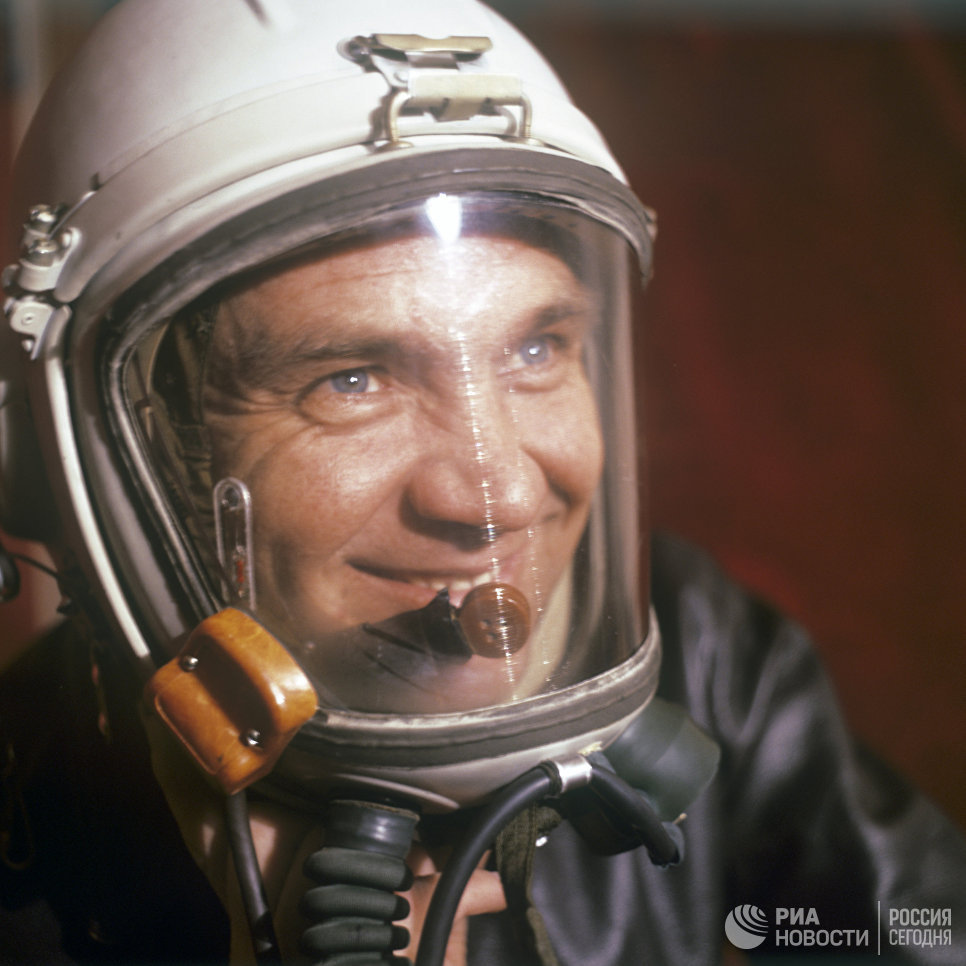
¹ FAI Record File Number 8661
² FAI Record File Number 10352
³ FAI Record File Number 9062
⁴ FAI RecordFile Number 4576
⁵ FAI Record File Number 8871
© 2018, Bryan R. Swopes
